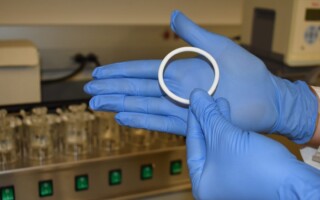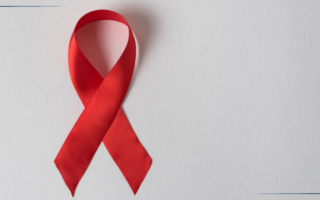
South to South HIV Prevention Learning Network (SSLN) promotes peer-to-peer learning and problem solving to strengthen HIV prevention across 15 Sub-Saharan African countries, that include:
- Botswana
- Cote d’Ivoire
- Eswatini
- Ghana
- Kenya
- Malawi
- Mozambique
- Nigeria
- Republic of Congo
- South Africa
- South Sudan
- Tanzania
- Uganda
- Zambia
- Zimbabwe
As an offering of the SSLN, the Insight 2 Implementation (i2i) initiative works with country stakeholders to ensure knowledge products are effectively implemented by country stakeholders to strengthen the HIV prevention response. Researchers support the initiative in the following ways:
- Collaborate with country stakeholders to identify and prioritize their prevention evidence gaps and understand the barriers and enablers of applying evidence to strengthen programs and policies.
- Consolidate and synthesize existing regional HIV prevention evidence into clear, practical, and user-friendly knowledge products and disseminate it to country stakeholders.
- Support Country champions to ensure that the evidence from our knowledge products is used to strengthen prevention policies and programs.
Why it Matters:
There is a global consensus that enhancing the HIV prevention response is crucial to reducing HIV incidence and achieving the Sustainable Development Goal of ending AIDS by 2030. Strengthening the HIV prevention response involves ensuring that those individuals who would benefit the most from HIV prevention actively seek out and receive tailored, focused, and cost-effective prevention services and support. However, the implementation of HIV prevention efforts has yielded mixed results and needs to be bolstered by improving learning from effective HIV prevention interventions and the consistent application of research into practice.
Approach:
Insight 2 Implementation initiative spans from October 1, 2023, to September 30, 2026.
What are our focus areas?
With guidance from country stakeholders, we prioritized four essential areas to guide effective strategies and create meaningful change in HIV programming and prevention.
- Using Data to Improve HIV Programming
- Reaching Key Populations
- Engaging Men in HIV Efforts
- Supporting ARV-based Prevention
How do we bridge the gap between evidence and action in HIV prevention?
- Collaborate with country champions across the 15 SSLN countries.
- Synthesize existing evidence into user friendly knowledge products.
- Facilitate activities to use knowledge products.
- Support countries to apply evidence to strengthen country prevention policies and programs.
How do we define evidence use for i2i?
Country stakeholders systematically applying lessons, learnings, and recommendations from i2i knowledge products to strengthen:
- Policies, strategies, or guidelines
- Funding requests and resource allocations
- Program design and implementation
- Operational integration of evidence
- Triggering new research
The Big Picture:
This work contributes toward the global goal to end the AIDS epidemic as a public health threat by 2030 and Sustainable Development Goal 3 (ensure healthy lives).
Partners:
- Genesis Analytics
- Population Council – Kenya
- Global HIV Prevention Coalition
- HIV Leadership Forum
- University of Manitoba




